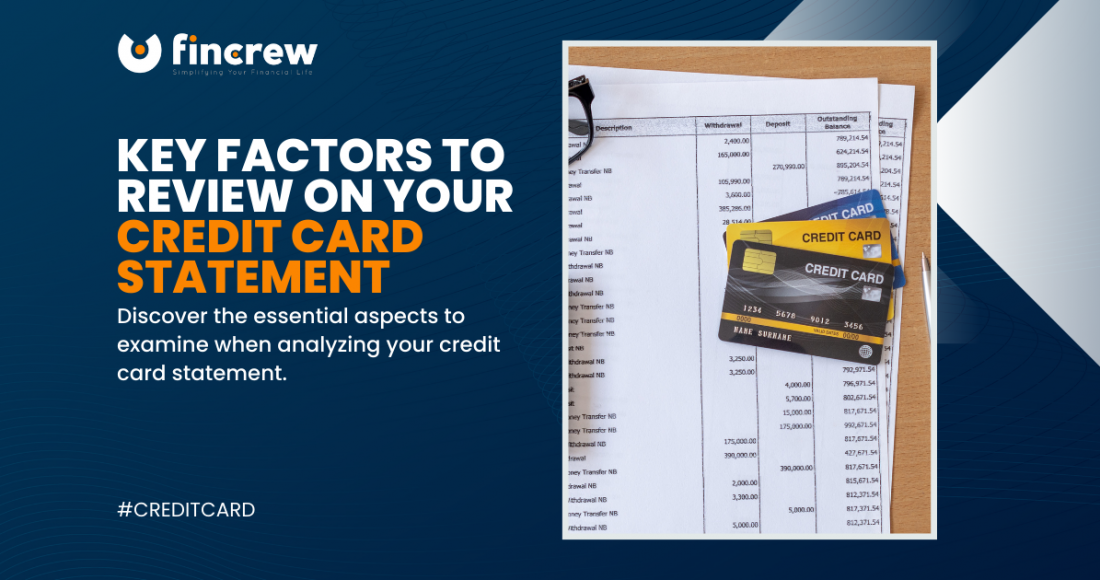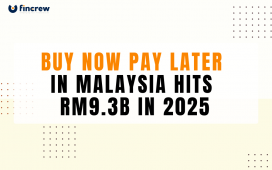One thing many credit card holders don’t immediately realize is that their credit card statement is just as important as the payment card itself! With this in mind, here are some of the most important things to consider when reviewing your credit card statement.
What Is a Credit Card Statement?
It is a financial report that your credit card company issues you that contains the details of your economic activities with your payment card during a particular billing cycle. However, these statements can also offer additional insight into whether or not your bank is overcharging you in any way. Because of this, you must learn to read this financial document’s fine print to spot any discrepancies more efficiently. Along these lines, some of the essential features of your credit card statement you need to pay attention to include;
1. The Credit Card Statement Date
This variable refers to the time they generated financial documents. It’s essential because it’s critical for calculating late payment fees. So, if you cannot meet the stipulated repayment date, this value estimates how much interest you’ll have to pay to compensate for this.
2. The Due Payment Date
It is the timeframe within which the credit card holder is supposed to repay their debt. It’s vital that you take note of this date as failure to meet up with it automatically attracts interest charges.
3. The Billing Cycle
It refers to the time between the last and following statement dates. Typically, it’s usually 30 dates. All financial activities are with a credit card during one billing cycle and all charges from your card issuer during the reflected timeframe in your statement.
4. The Grace Period
According to existing regulations, your card issuer reserves the right to apply late payment charges on your card if you don’t return what you borrowed within the standard grace period (usually three days). If a cardholder doesn’t do this within that time frame, the bank can charge interest which will start reading from the original due date.
5. The Total Sum Due
This value represents everything from all your financial activities during a billing cycle to the interest charged, transactional charges, and the total amount owed.
6. The Minimum Amount Due
As the name suggests, this is the smallest amount of money that your credit card company expects you to pay back at a specific due date. Failure to pay this sum results in the bank will add to the total sum you have to pay back.
Conclusion
There’s no doubt that your credit card statement can be challenging, especially if you aren’t very familiar with financial matters. But with this guide and a few other resources you can get here, you’ll have no problems managing this feat!





